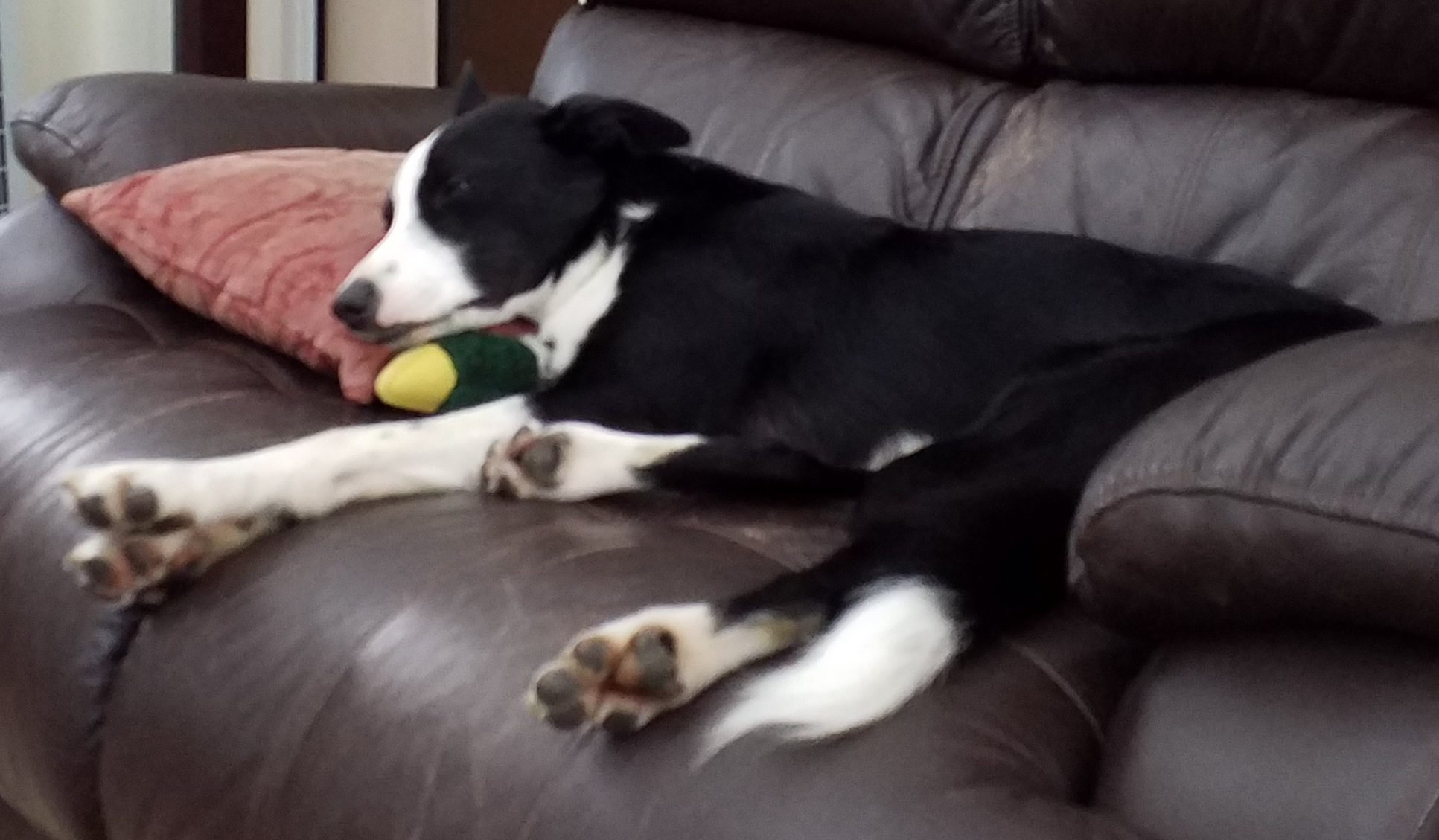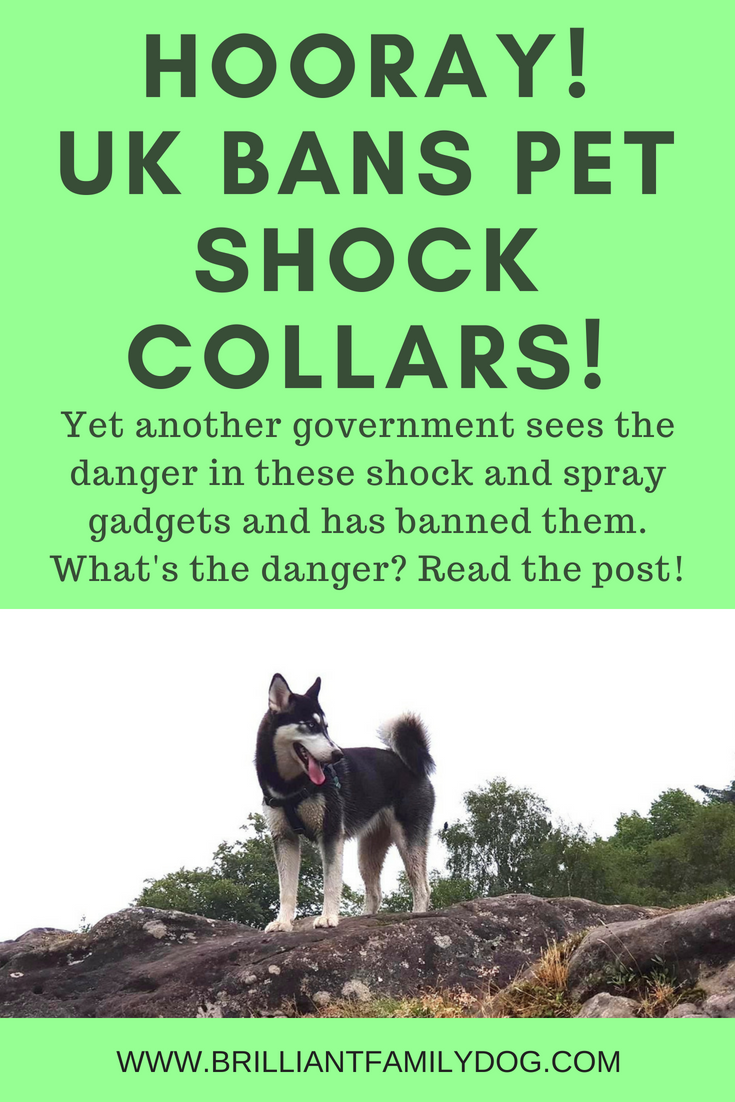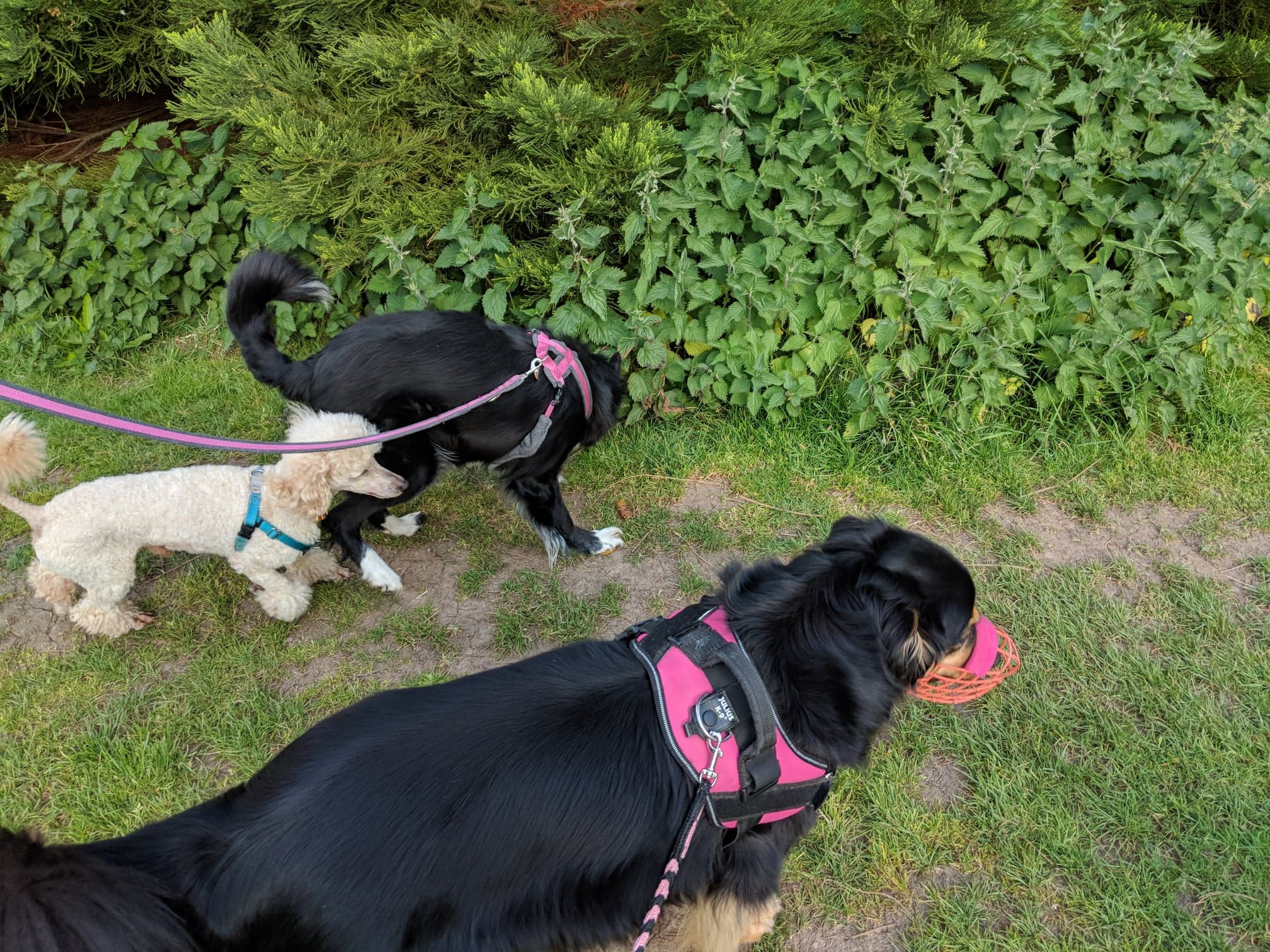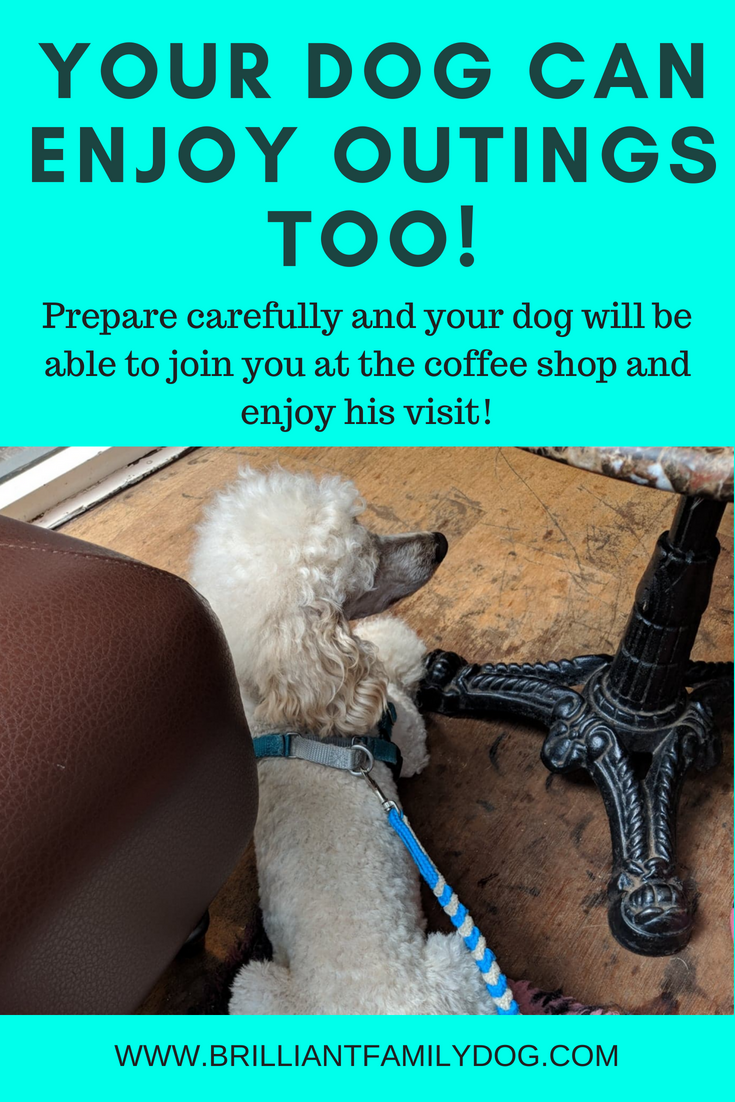They say that moving house is one of the most stressful things ever - up there with death and divorce.
Having just moved house, I can tell you this is true! Unfortunately there was an incompetent solicitor in the chain who slowed things down by a whole month, day by day, week by week. So everyone involved was very fraught. This didn’t help my dogs.
As we know, dogs are so sensitive. They pick up our moods and worries. Along with all the upheaval of clearing out, getting rid of stuff, and moving everything around the house, this gave them an unsettled few weeks too.
I’m fortunate that my campervan is fully kitted out for the dogs, so it was easy enough to park them in there and move the van out of the drive when the packers and movers were at work. A friend who is moving this week is taking her anxious dog to an excellent kennels for a few days. He’s been happy there before, so by the time he arrives in the new home it’ll all be safely fenced and ready. It’s important that at this time of upheaval you keep everything as stable and familiar as possible.
Get your free email course to help you with lots of doggy problems
THIS FREE ECOURSE IS A BONUS FOR YOU WHEN YOU SIGN UP TO RECEIVE EDUCATIONAL EMAILS AND OCCASIONAL OFFERS FROM ME. YOU CAN UNSUBSCRIBE AT ANY TIME.
Privacy Policy
Privacy Policy
As mine was a long-distance move, we “camped out” in the new house till all our belongings arrived two days later. I’ve never been happier to see my bed! (Likewise Cricket the Whippet, who was in it before you could say “woppit”.)
Having spent a couple of months in Limbo with all the delays - never knowing where anything was - I was determined to unpack the boxes as fast as possible. So by Monday it was virtually all done, and the boxes recycled to a couple of other home-movers.
The house began to look like a home!
Sniffing about
We all know how important the dog’s sense of smell is. A third of their brain is dedicated to this sense, which is infinitely superior to ours. So my dogs spent plenty of time in the new house sniffing boxes, furniture, objects - and importantly their beds - and feeling at home.
Surprisingly, perhaps, the one who was easiest to manage was my cat Squeak. Squeak has always been a half-outdoor cat, and never used a litter box. She is an intrepid explorer and joins me and the dogs on walks now and then.
All the books and sites say you have to keep your cat in for weeks when you move. No chance! I had thought I’d have to capture her before the moving men arrived and keep her crated till we arrived here (that would be around 10 hours captivity), but as she got on so well - watching curiously as the strange men packed everything in the house a couple of days before - I decided to wait till the vans had left. This paid off, and she only had to spend the journey-time in the crate (about 5 hours).
The minute we arrived in the empty house, the dogs and cat were free to explore the garden. We all froze at night - having to leave a window open with a chair and bin outside to help Squeak get in and out - till a catflap was put in the door.
Squeak had no trouble with this arrangement, and has settled into her new home straight away, seamlessly.
Clingy dogs
Four dogs and one cat get as close to me as possible when I finally hit the armchair on moving day!
The dogs, on the other hand, stayed unsettled for a good few days. Wherever I went, four sets of paws pattered after me - just in case I should escape!
Lying on top of me or round my feet was considered a good strategy for anchoring me.
After a week they’re much more relaxed, and used to the new practices here.
New house rules
As there’s a public footpath running alongside the garden, and as I have two reactive dogs (!), we are learning to ignore the sounds of the occasional walker + dog going by. This needs careful work from the outset in a new home. The last thing you want is a habit of fence-barking or fence-running to establish itself - that’s much harder to eradicate than to prevent.
So I am always armed with treats when in the garden (when am I ever not armed with treats?) and the dogs are never out there alone. I’m ready for the moment one alerts to the sound of a passer-by and we move straight into our lesson: those people may be ignored, they’re not coming in here, they’re allowed on the path. You just enjoy these treats instead.
What I’m doing is technically known as counter-conditioning. I’m changing the dogs’ emotional response to the thing they’re afraid of, so that they no longer feel the need to fear it. Repetition and consistency are key.
They didn’t bark at the (much closer) neighbours in our last house, because they were used to them, they were predictable. So it’s only a matter of time before they pass no remarks when the gravel crunches beside our new garden.
And almost the first thing I did was to spend 15 minutes putting window film on part of the front windows, so that the dogs needn’t feel threatened by every passer-by. If you have a reactive dog - you need window film!
How to move house and pets easily
So you can see that to have a successful house-move you have to consider the animals well in advance. Mine are used to going to strange new places in the campervan, and know the van is their base when we’re on the move. They are comfortable in their beds there, and know that dinner will still arrive! They’ve also had short stays in holiday cottages.
My friend’s dog was well used to the kennels she used. It’s no use just whamming your dog in kennels if he’s never been there before! With all the upheavals and anxiety at home associated with the forthcoming move he’s likely to feel very lost and upset.
As mine was a long-distance move, kennels were not an option for me. And in any case, I felt sure that all five of my companions would be happier being with me, however strange it may all be.
So include your pets in your moving plans from the start. It will all be worth it when you are settled in your new home!
Brilliant Family Dog and Good for Dogs!
In case you’re wondering, this move does not in any way affect Brilliant Family Dog. All the courses, both free and paid, are running as usual. I am in the private course groups daily with guidance and support - as usual.
The Wiggles Wags and Whiskers Freedom Harnesses and Leads are still available at www.goodfordogs.co.uk/products as usual.
The only change is to Good for Dogs!, my erstwhile dog training school on the ground in Worcestershire. This has, of course, closed there, but will be reopening here in Norfolk! Group classes will begin next year, while 1-1 sessions with anxious, fearful, aggressive, reactive, “growly”, dogs will start almost immediately.
As one Gloucestershire student put it,
Hi Beverley, The other side of the country will gain a fab dog trainer but sadly our loss.
I fully intend to live up to that charming remark, and bring force-free, dog-friendly, dog training to the good people (and their slightly less good!) dogs here in Norfolk.
I’d like to thank so many of you for your thoughts and well wishes for my move!
Please keep in touch. I will still be able to help all my past students, even though further away.























